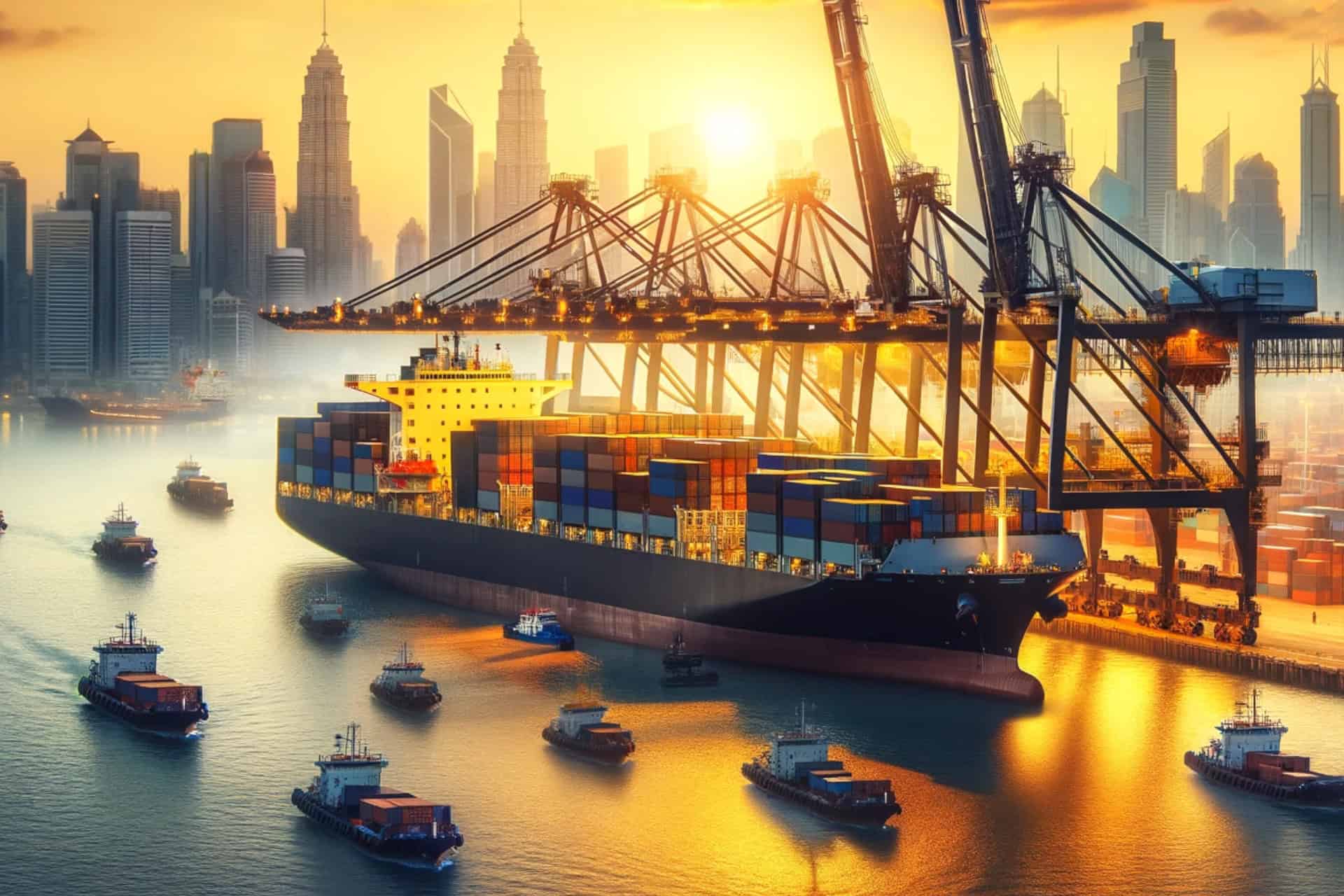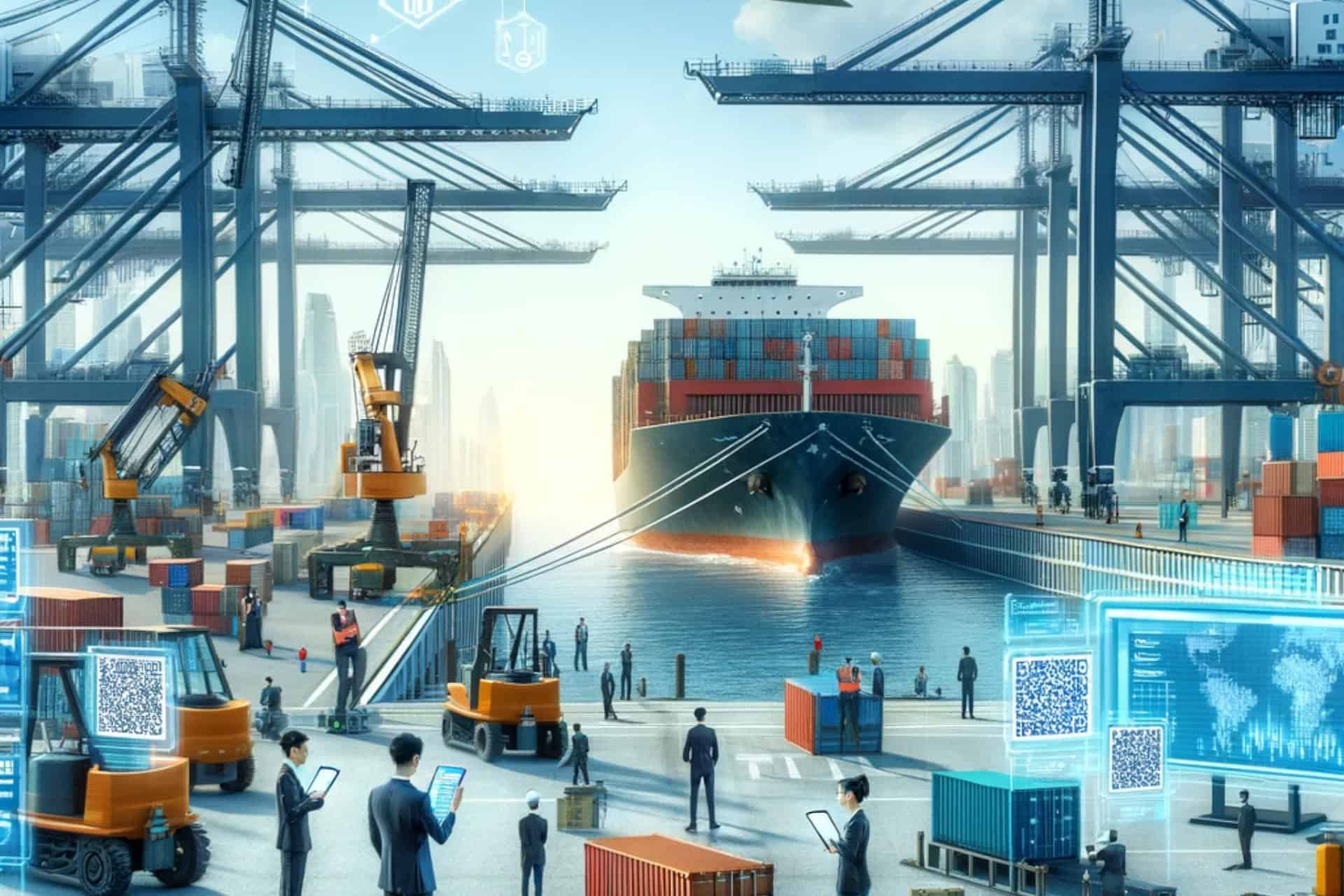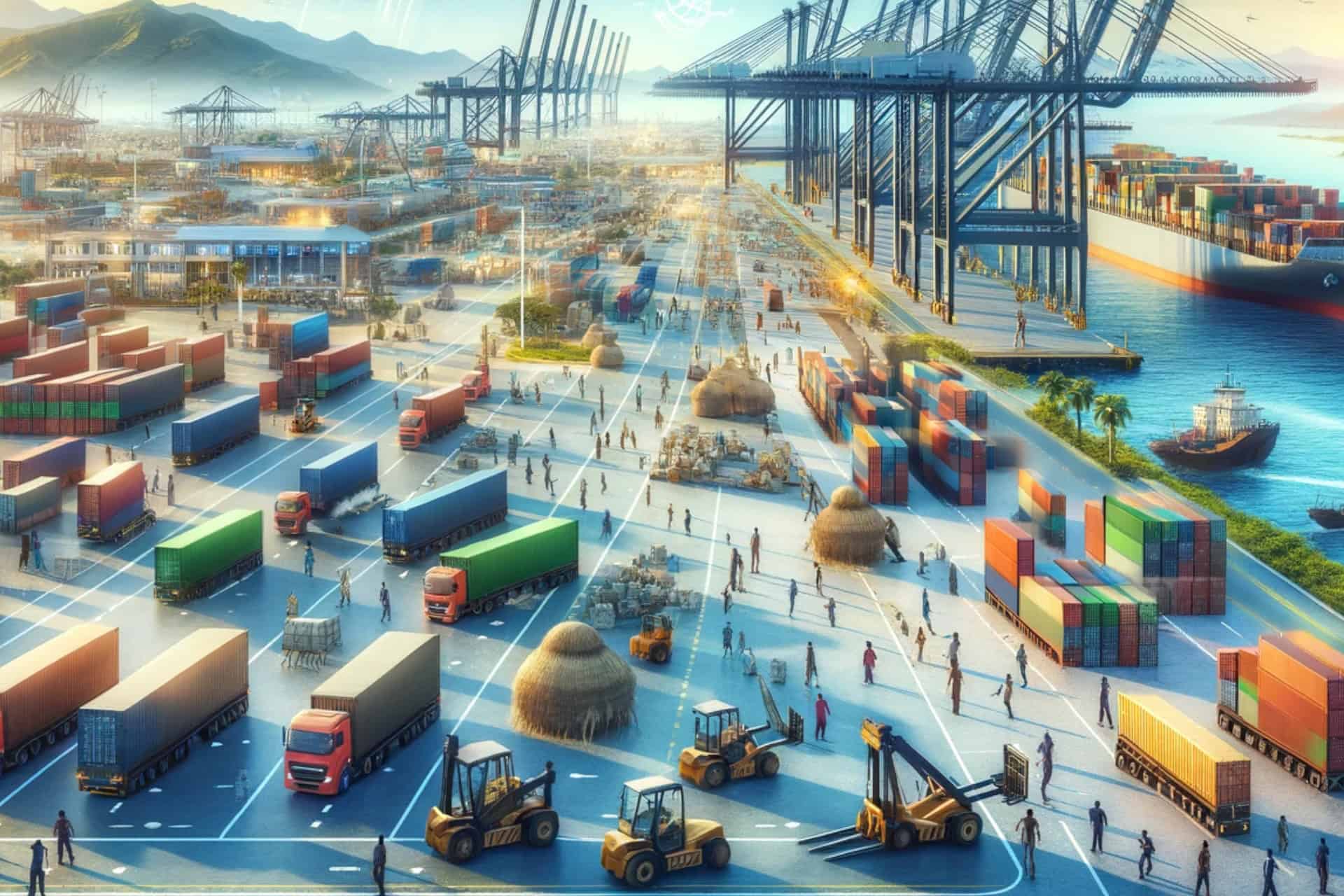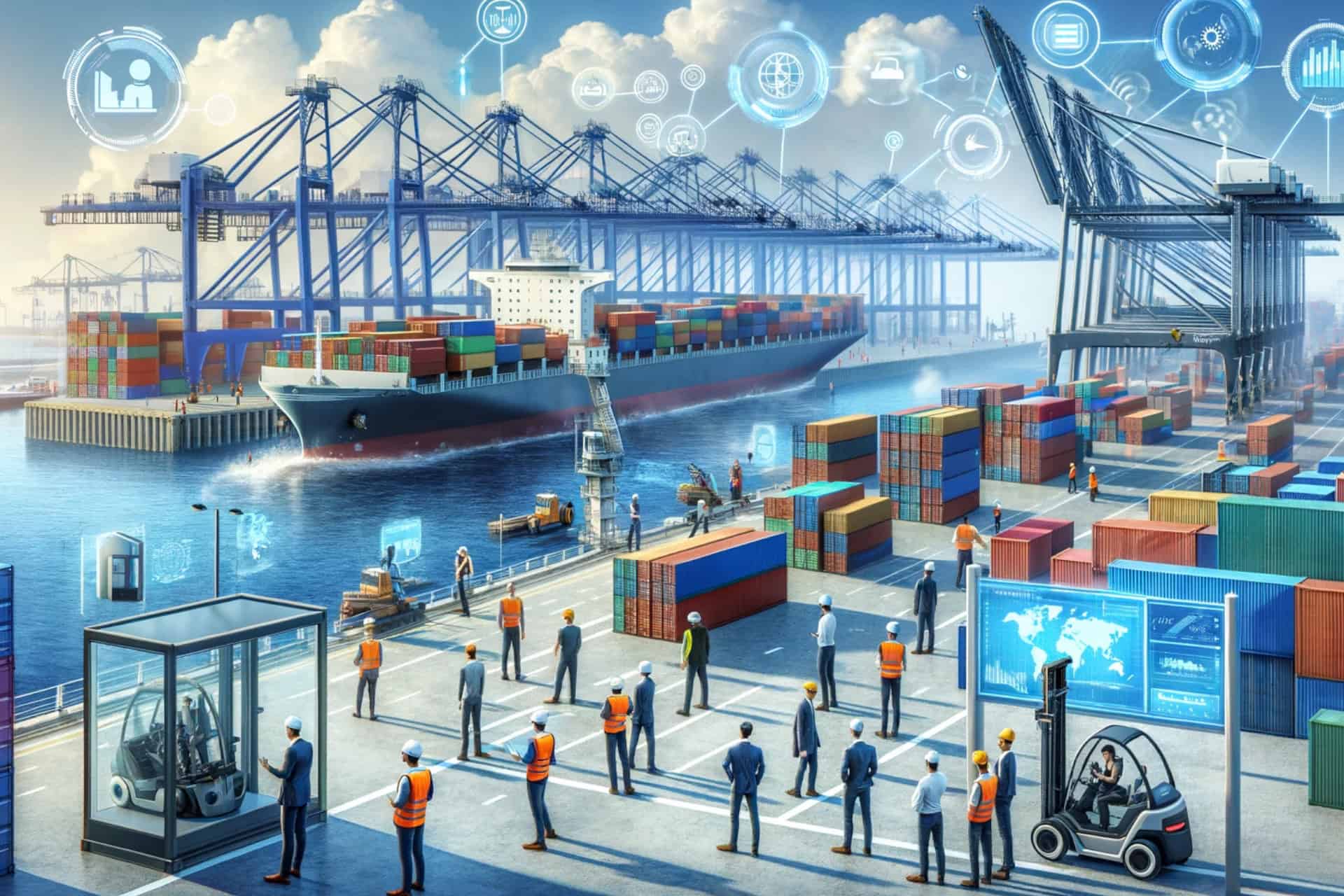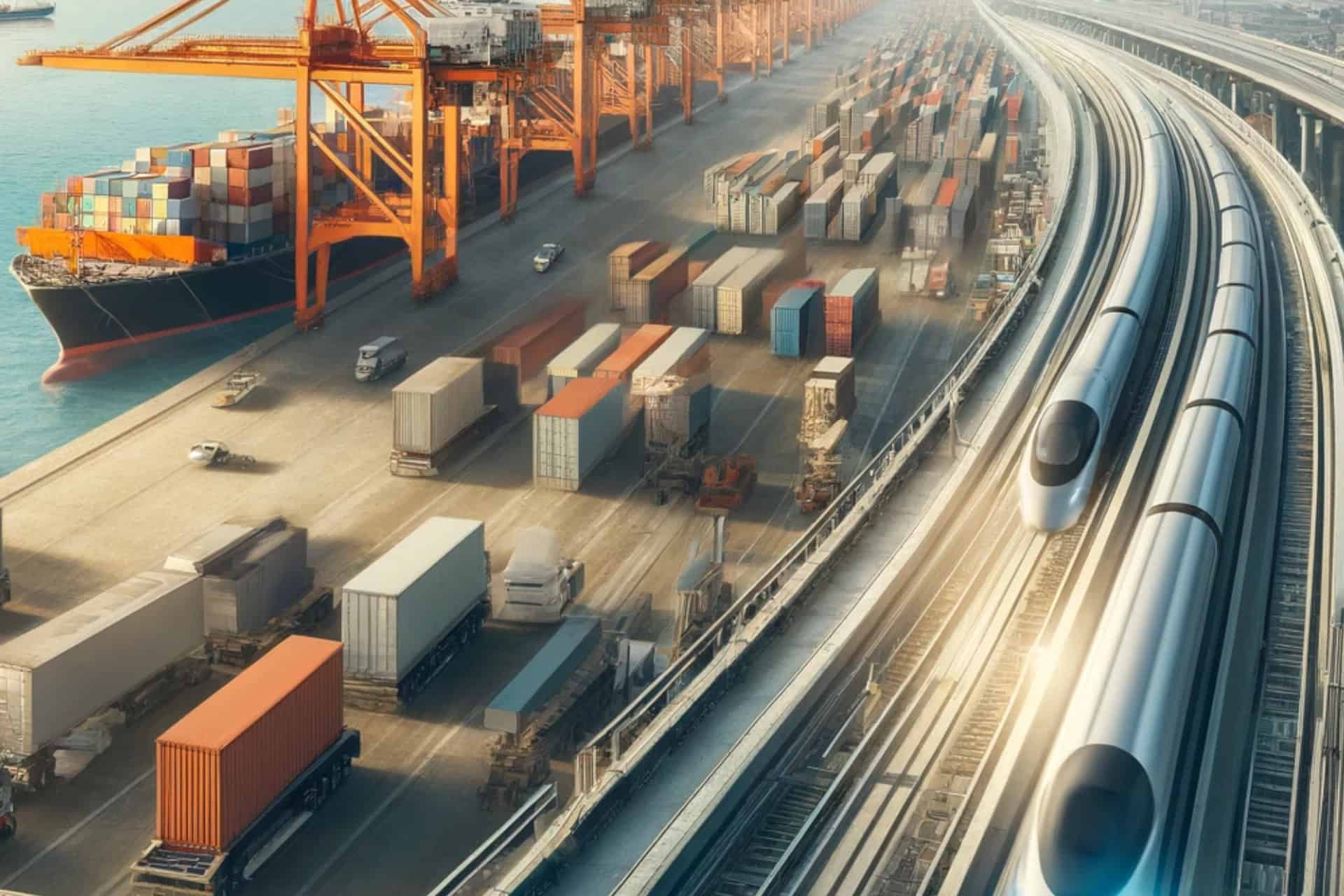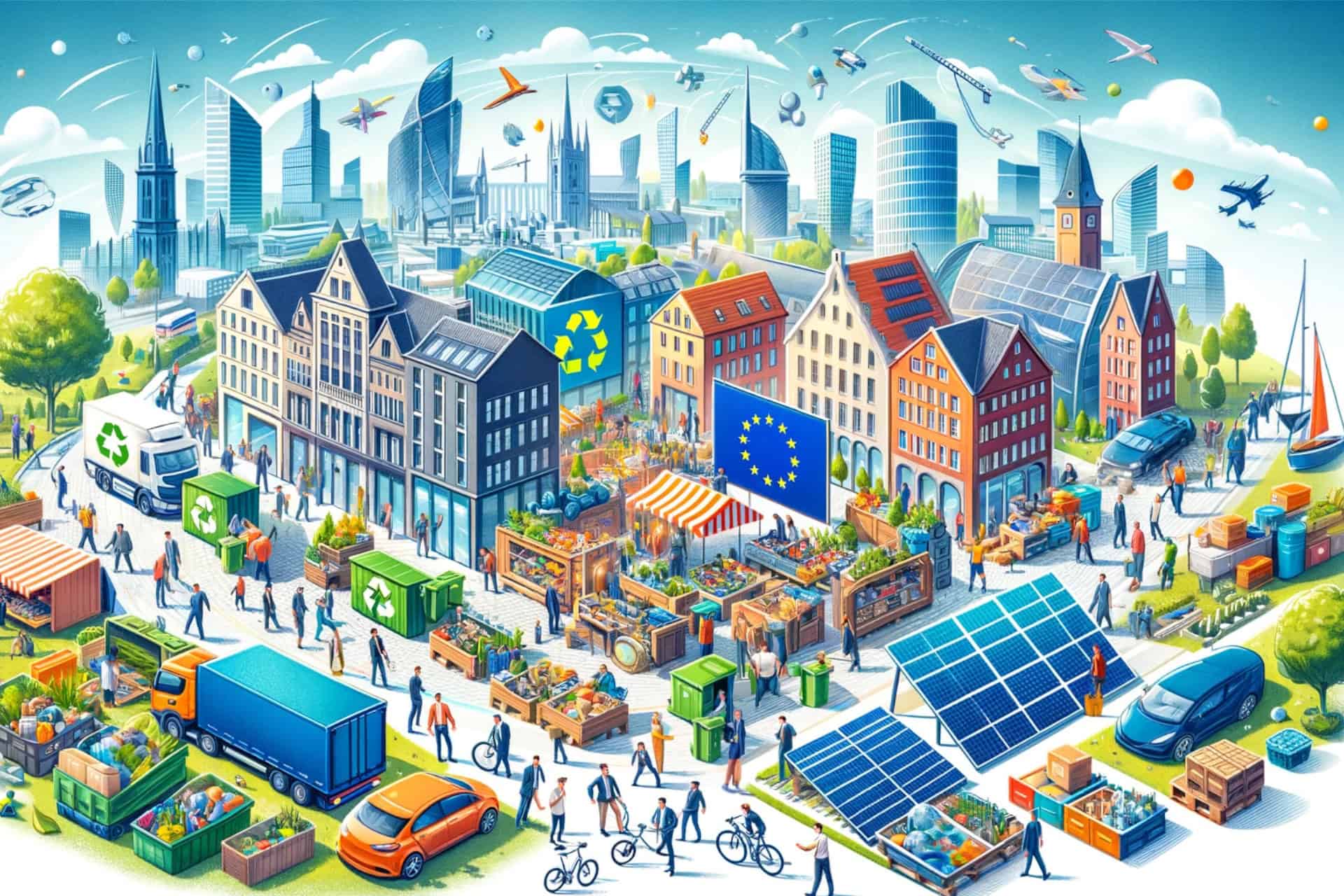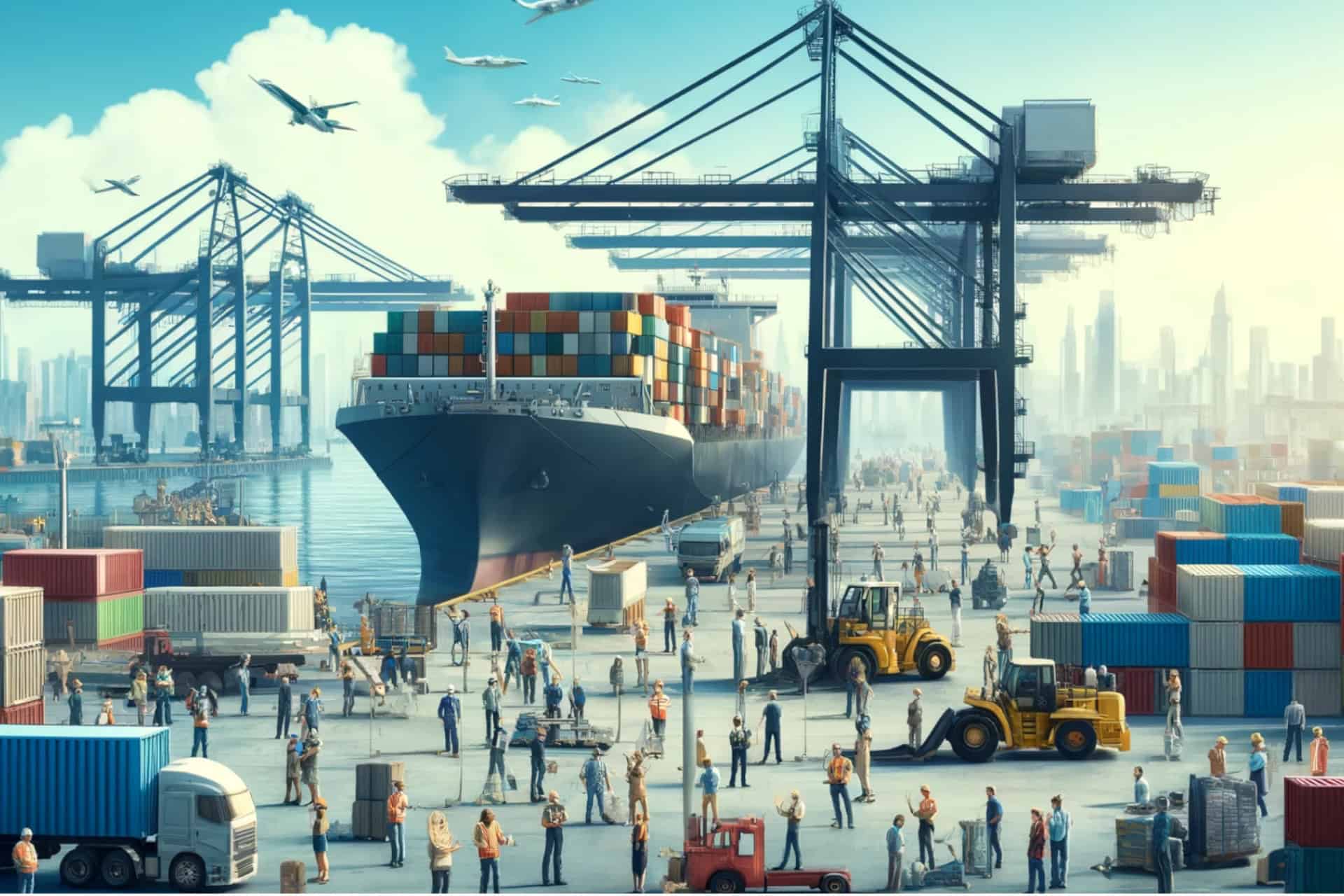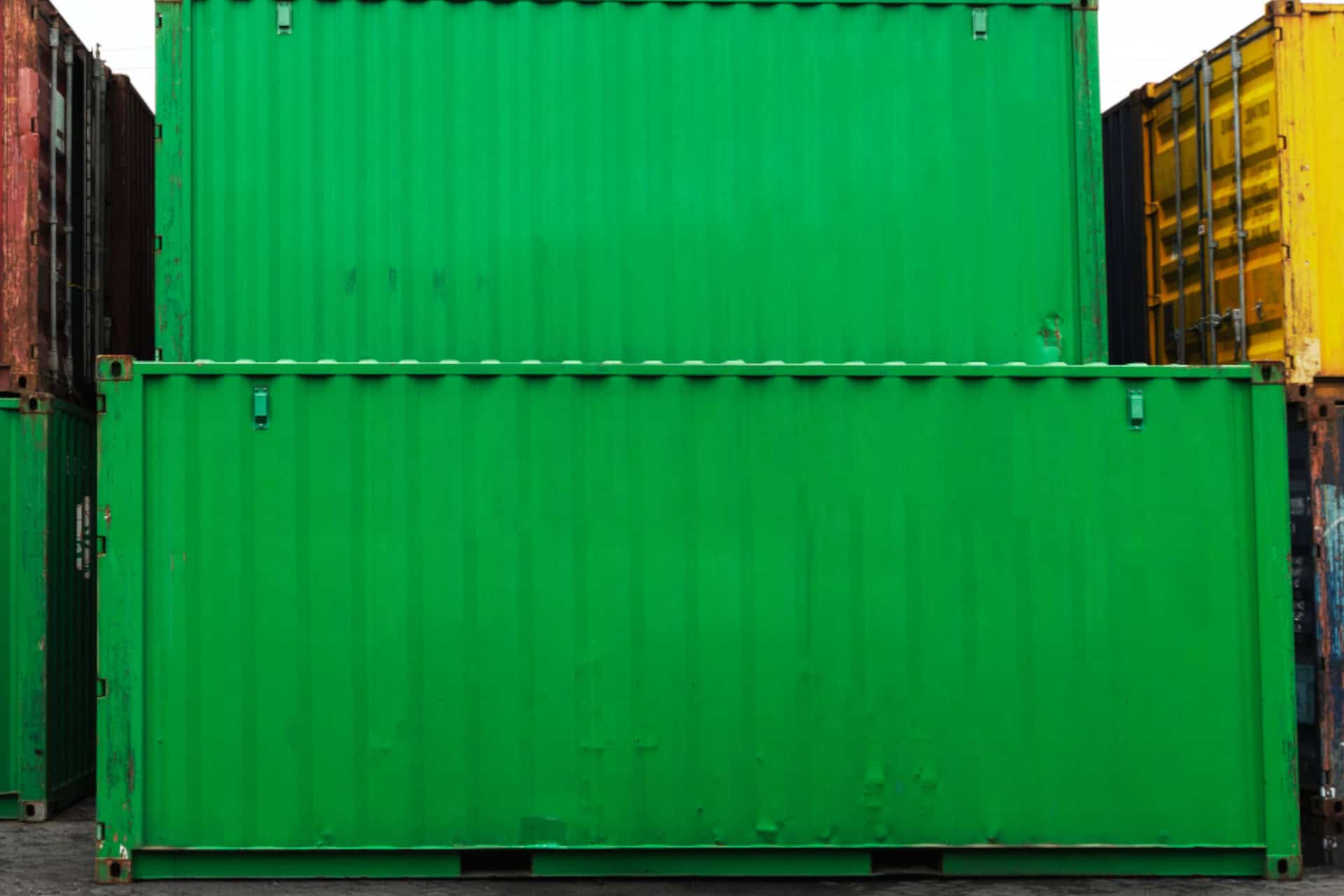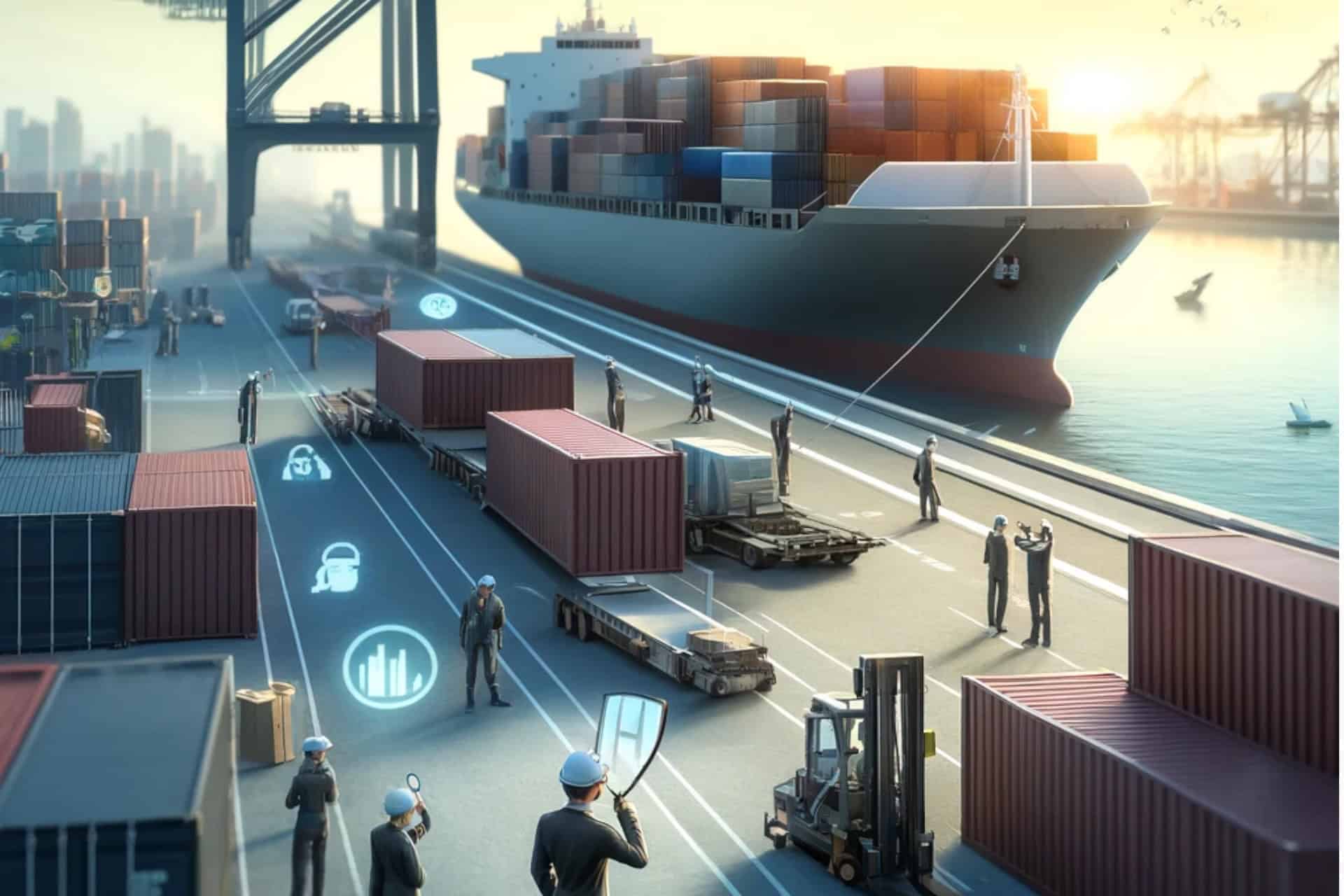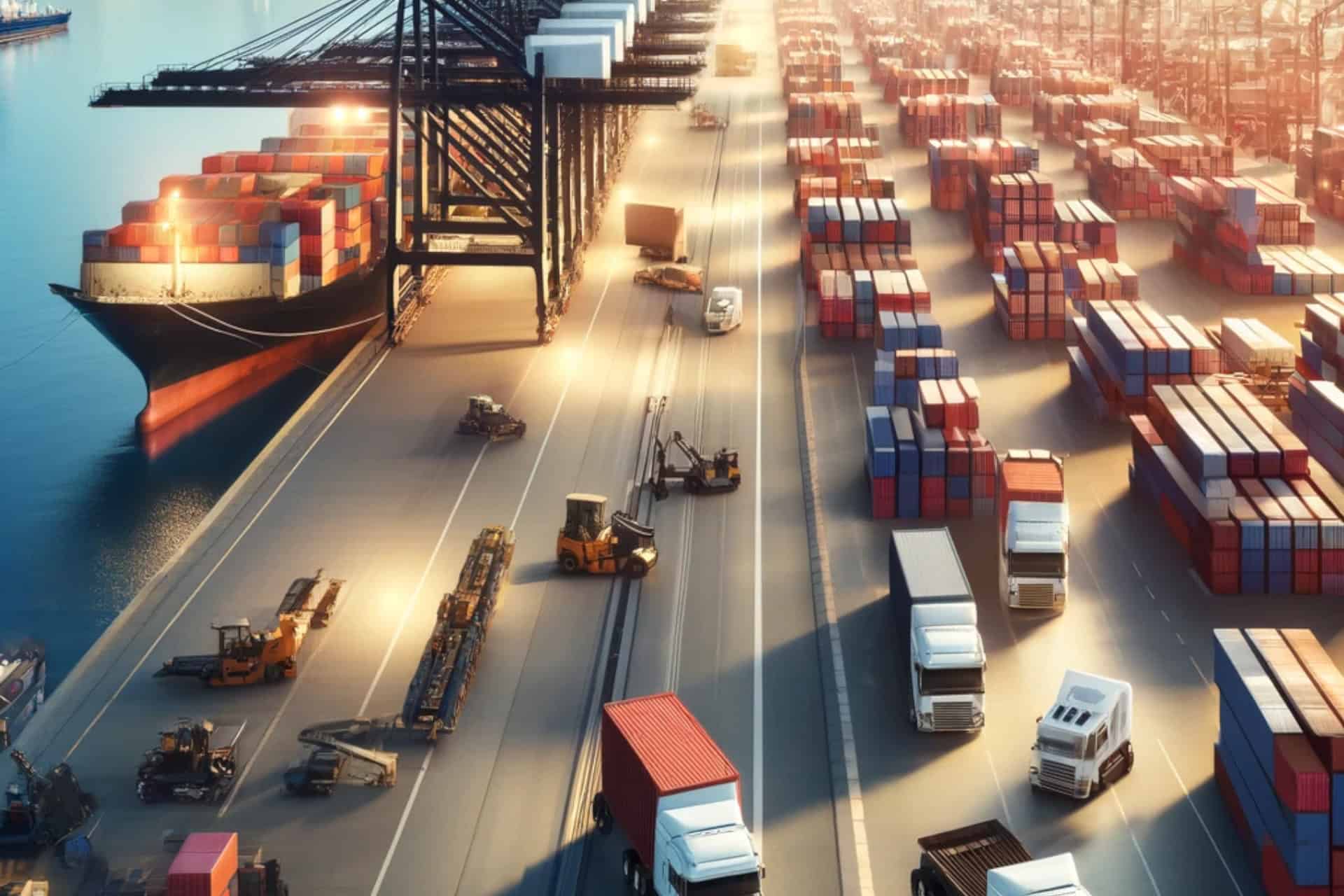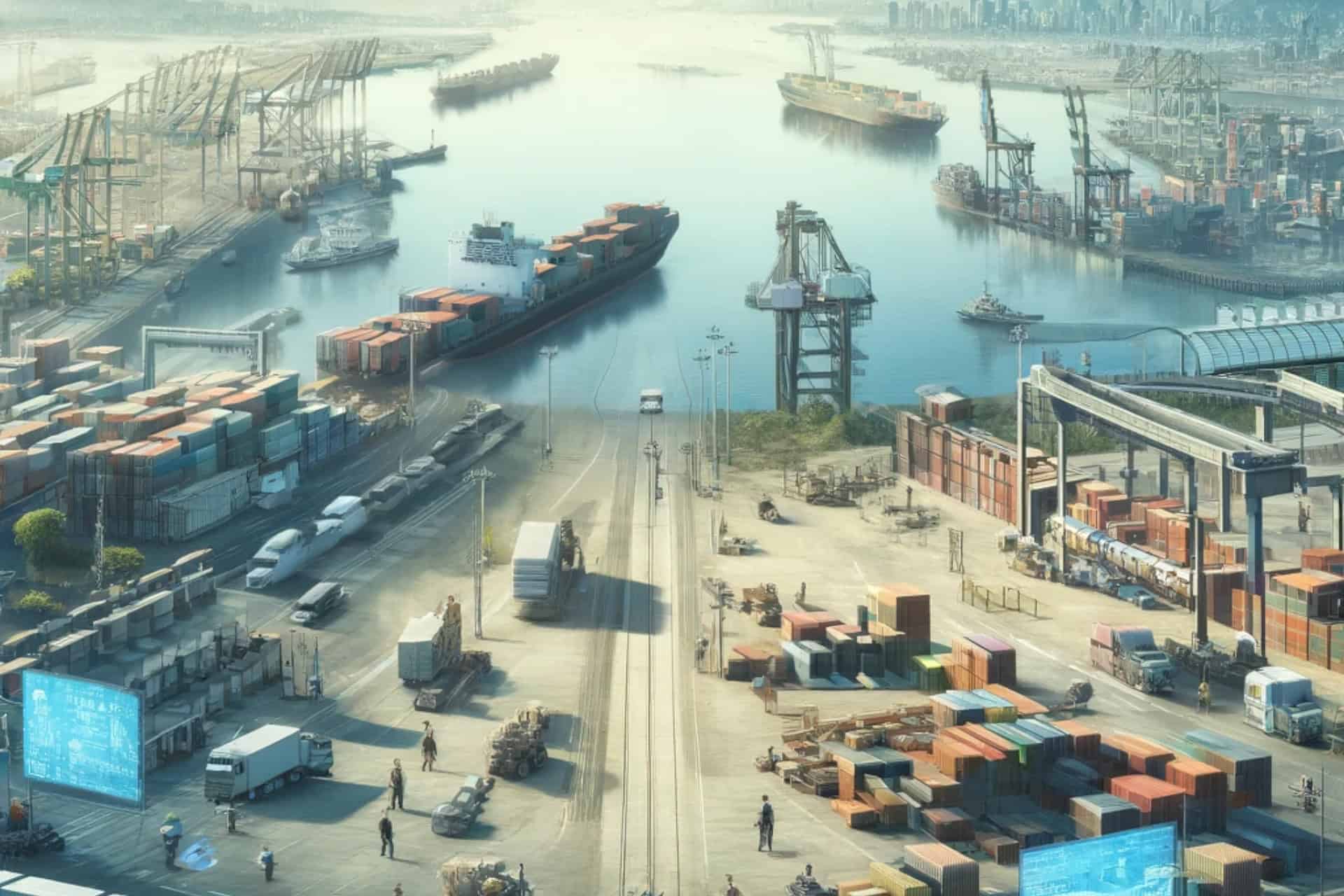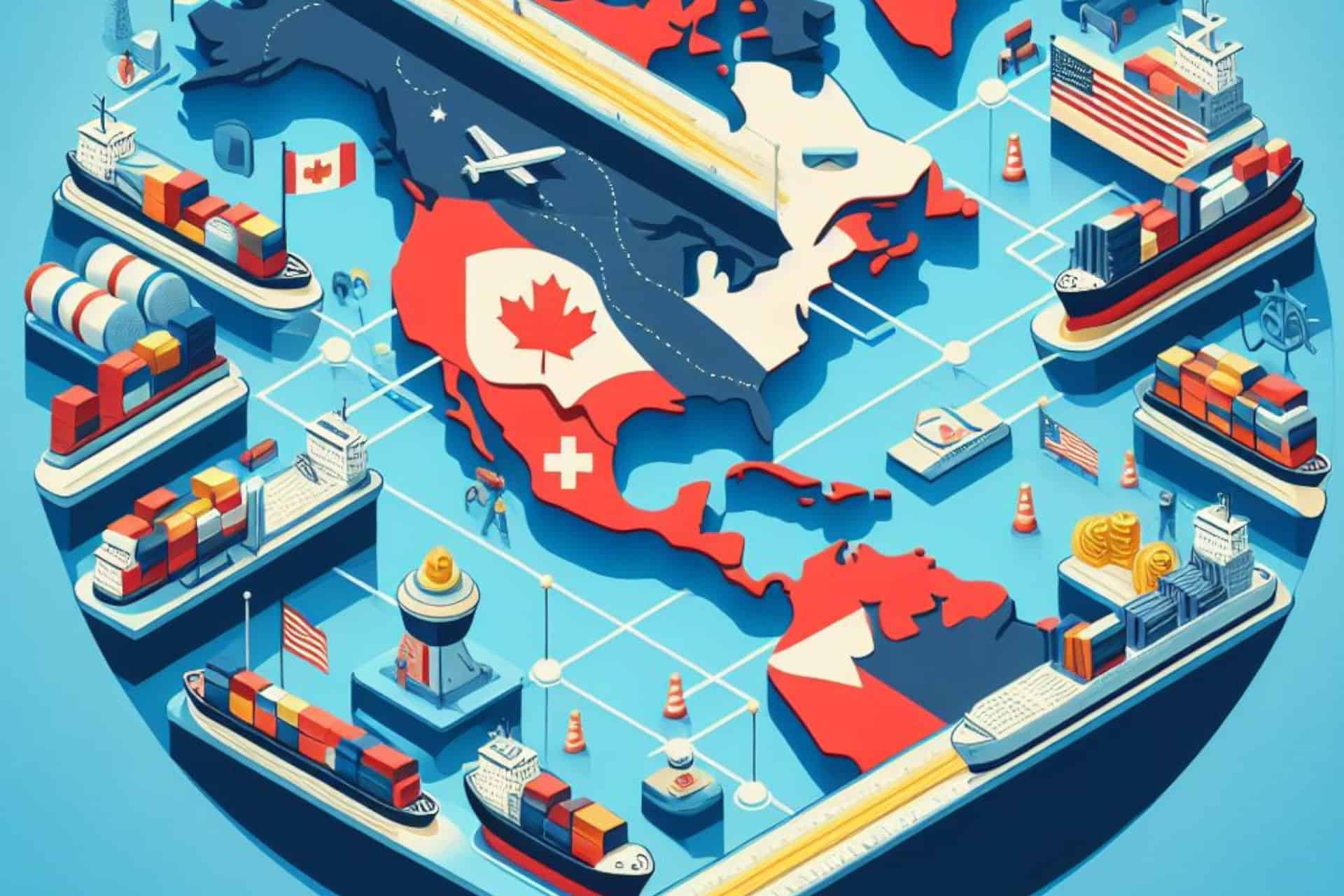Latin America stands at a crossroads of opportunity, poised to unlock its full potential through trade diversification. By embracing innovation, investing in key sectors, and fostering collaboration, the region can carve out a brighter future characterized by sustainable growth and prosperity. As Latin America takes center stage on the global trade arena, the possibilities are endless, paving the way for a more inclusive and resilient economy for generations to come.
In the dynamic landscape of global trade, Latin America stands as a region ripe with opportunities for diversification. As the world navigates through economic shifts and geopolitical uncertainties, exploring new avenues for trade diversification becomes paramount. Latin America, with its rich resources, strategic geographical location, and evolving economic policies, emerges as a promising hub for expanding trade horizons.
Historically, Latin America has been recognized for its primary exports, including minerals, agricultural products, and energy resources. While these sectors continue to play a significant role in the region's economy, there exists untapped potential for diversification across various industries. By leveraging existing strengths and embracing innovation, Latin American countries can carve out a more diversified trade portfolio, enhancing resilience and fostering sustainable growth.
One area with immense potential is the technology sector. Countries like Brazil, Mexico, and Argentina have seen a surge in tech startups and innovation hubs, propelled by a young and dynamic workforce coupled with growing access to digital infrastructure. Embracing digital transformation not only opens doors to new export markets but also fosters job creation and enhances competitiveness on the global stage.
Furthermore, Latin America boasts a burgeoning creative industry encompassing music, film, fashion, and design. With a rich cultural heritage and a vibrant artistic community, the region holds significant potential for exporting creative goods and services to global markets. By investing in creative talent and fostering collaboration between artists and businesses, Latin America can position itself as a cultural powerhouse, attracting consumers worldwide.
Additionally, the region's agricultural sector presents opportunities for value-added exports. By focusing on sustainable practices and innovation in agribusiness, Latin American countries can differentiate their products and cater to evolving consumer preferences. From organic produce to specialty crops, there exists a plethora of niche markets waiting to be tapped into, offering higher margins and greater resilience to market fluctuations.
Moreover, Latin America's strategic geographical location makes it an ideal gateway for international trade. With access to both Atlantic and Pacific trade routes, the region serves as a crucial link between North and South America, Europe, and Asia. Strengthening transportation infrastructure and streamlining trade procedures can further enhance connectivity and facilitate the movement of goods, bolstering Latin America's position as a global trading hub.
As Latin America embarks on the journey of trade diversification, collaboration and partnership play a pivotal role. By fostering intra-regional trade agreements and strengthening ties with global partners, Latin American countries can harness synergies and unlock new opportunities for growth. Initiatives such as the Pacific Alliance and Mercosur serve as platforms for fostering economic integration and facilitating trade flows, laying the groundwork for a more diversified and resilient economy.
#TradeDiversification #LatinAmerica #EconomicGrowth #Innovation #GlobalTrade #SustainableDevelopment #DigitalTransformation #CreativeIndustry #Agribusiness #Geopolitics #Partnerships #PacificAlliance #Mercosur
Read more views






